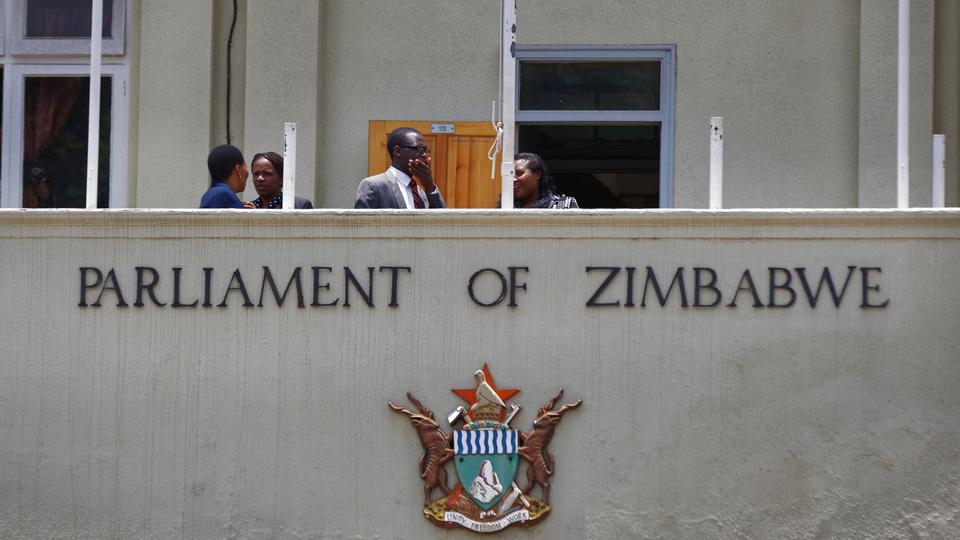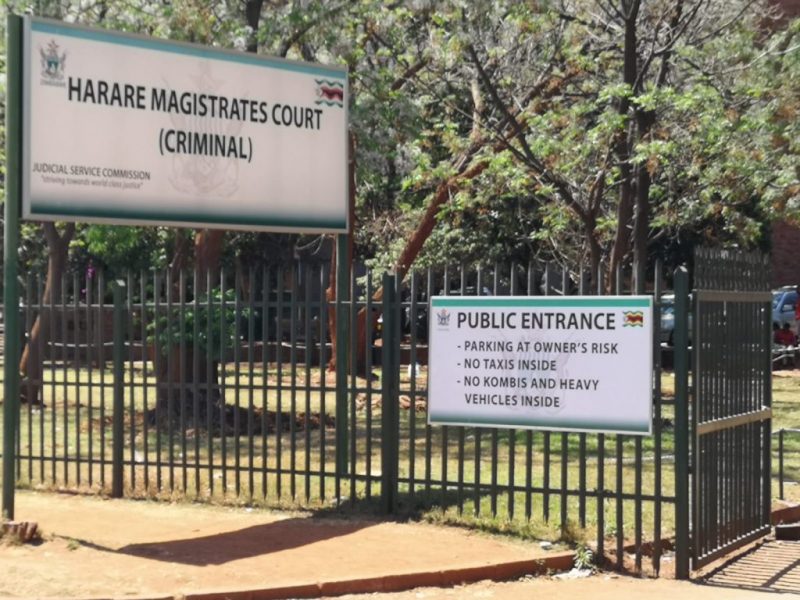
BY TATIRA ZWINOIRA THE Zimbabwe Coalition on Debt and Development (Zimcodd) has called for lower denomination gold coins because only the elite are accessing them at the moment.
Currently, gold coins are valued at one ounce, weighing 33,93 grammes and are priced according to international prices that include production and bank charges, making them very expensive.
As of Friday, a single gold coin cost nearly $910 000 or US$1 872,36, yet public and private sector workers earn less than US$250 per month on average.
As a result, the coin is way out of reach for low-income earners and ordinary Zimbabweans.
“At the current price of about US$1 800, the coin is inaccessible to the wider majority of citizens,” Zimcodd said in its weekend reader released last Friday.
“As such, it is pertinent that a cheaper option is availed for those who seek to hedge their savings against inflation, but are unable to afford the current cost.”
Zimcodd said due to the pricing, the gold coins become a preserve of the rich as salaries that majority civil servants are earning for example are unable to purchase even a single coin.
Africa Roundtable chief executive Kipson Gundani recently stated at an Alpha Media Holdings debate on the gold coins that the average worker would need to save their earnings for over nine months, without eating anything, in order to buy a single coin.
- Chamisa under fire over US$120K donation
- Mavhunga puts DeMbare into Chibuku quarterfinals
- Pension funds bet on Cabora Bassa oilfields
- Councils defy govt fire tender directive
Keep Reading
The United States, among other countries, also sells gold coins, but at different values, namely, one, three-quarter, half and quarter ounces.
“As a result, there is a great outcry that the scheme is yet another channel for corruption and looting by the elite rather than a means of easing poverty,” Zimcodd said.
“At present, 7,9 million Zimbabweans are reported to be living in extreme poverty. This is nearly half the population who will then be excluded from this facility.”
Zimcodd added that thanks to the coins being priced in the local currency at the official forex rate of US$1:$465,39, the elite has a chance to make considerable profits.
This is true because buying gold coins in the local currency at the official forex rate then selling at the parallel counterpart of US$1:$800 means an elite can buy double the coins, with a little money added on top.
“Zimbabwe has been operating with two significantly dispersed foreign currency exchange rates for the greenback and the local (currency), i.e, the bank rate and the parallel market rate,” Zimcodd said.
“The difference is so high that while the bank rate fixes the Zimbabwe dollar at 1:458,3653 (August 3), it sits at about 1:800 on the parallel market. A running concern now is that the elite will have access to purchase the coin at bank rate and sell it off in Zimbabwe and abroad at the US dollar rate. As a result, they would have made a considerable profit in the difference between the bank rate and parallel rate.”
As of July 29, 1 500 coins had been sold, translating to over US$2,5 million or $1,1 billion.
The Reserve Bank of Zimbabwe has committed to introducing lower denomination gold coins.
- Follow us on Twitter @NewsDayZimbabwe











